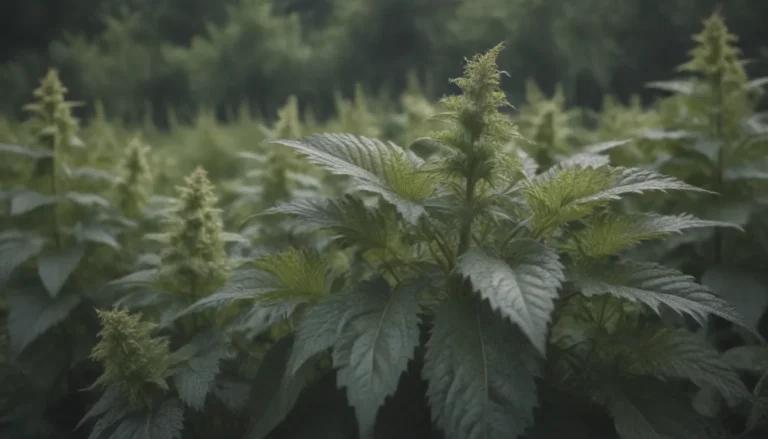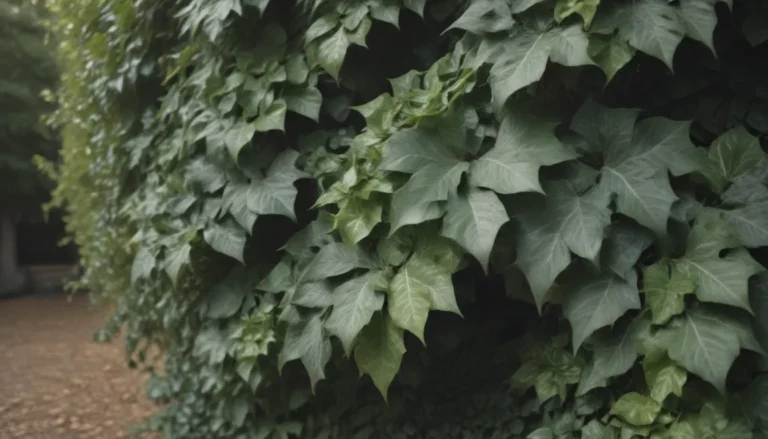Ultimate Guide to Xeriscape Landscaping: Everything You Need to Know

Welcome to the ultimate guide to xeriscape landscaping, where we will delve into everything you need to know about creating a beautiful and sustainable garden that conserves water and thrives in various climates. Whether you are a seasoned gardener looking to make your outdoor space more environmentally friendly or a beginner wanting to explore xeriscaping, this guide is for you. Let’s explore the fascinating world of xeriscape landscaping together.
What is Xeriscape Landscaping?
Xeriscape landscaping, also known as “xeriscaping,” is a type of gardening specifically designed for areas prone to drought or where water conservation is essential. The term “xeriscape” originates from the Greek word “xeros,” meaning “dry,” and “landscape,” thus translating to “dry landscape.” This gardening approach focuses on using minimal water to maintain a healthy and vibrant garden. While traditionally practiced in hot and arid regions, xeriscaping has evolved to be beneficial in various climates where water preservation is crucial. It combines water-efficient practices with aesthetically pleasing design elements to create sustainable landscapes.
Why Is Xeriscaping Important?
By adopting xeriscape landscaping techniques, you contribute to water conservation efforts and promote a healthier environment. Grouping plants based on their water requirements, utilizing mulch, and selecting drought-tolerant species are key strategies in xeriscaping. Not only does this approach reduce water usage, but it also results in vibrant gardens with less dependence on fertilizers and pesticides. Every action you take in your yard affects the water supply and surrounding ecosystems. Homeowners play a significant role as “nonpoint” pollution sources, highlighting the importance of sustainable gardening practices like xeriscaping.
Benefits of Xeriscape Landscaping
Beyond water conservation, xeriscape landscaping offers numerous benefits for both the environment and homeowners. One of the primary advantages is the reduction of traditional lawn grass areas, which are often water-intensive. By replacing grass with xeriscape elements, you can enjoy the following benefits:
- Lower water usage
- Less maintenance required
- Enhanced biodiversity
- Reduced need for chemical inputs
How to Practice Xeriscape Landscaping
Embarking on a xeriscape landscaping project begins with understanding and implementing key principles that support water conservation and plant health. Let’s explore the essential steps to create a successful xeriscape garden:
Planning and Design
- Assess your garden’s topography, exposure, and soil before planning.
- Group plants based on their water needs and sun requirements.
- Work with your site’s natural advantages to create efficient planting zones.
Choosing Appropriate Plants
- Opt for native plants adapted to your climate for lower water needs.
- Select a variety of drought-tolerant species to create a diverse landscape.
- Consider plant diversity to support pollinators and beneficial insects.
Reducing or Eliminating Turf Grass
- Replace traditional lawn areas with flower beds, hardscapes, or rock gardens.
- Choose drought-tolerant ground covers as alternatives to turf grass.
- Minimize the use of high-maintenance grass species.
Organizing Plants With Similar Needs
- Group plants with similar water requirements to streamline watering.
- Install drip irrigation systems to target water delivery efficiently.
- Adjust watering schedules based on plant needs rather than a fixed routine.
Improving the Soil
- Amend soil with compost and organic matter to enhance water retention.
- Ensure well-draining soil to prevent waterlogging and root rot.
- Promote healthy root development through soil enrichment.
Mulching to Hold Moisture
- Apply mulch to regulate soil temperature and retain moisture.
- Use mulch to suppress weeds and reduce water evaporation.
- Monitor mulch levels regularly to replenish as needed.
Maintaining Appropriately
- Establish a routine for watering, weeding, and pruning based on plant needs.
- Practice integrated pest management to minimize chemical interventions.
- Monitor plant health and adjust maintenance tasks as required.
Best Plants for Xeriscapes
Choosing the right plants is crucial for a successful xeriscape garden. Look for species that are drought-tolerant and suited to your local climate. Here are some categories of plants that thrive in xeriscape landscapes:
Drought-Tolerant Plants
- Include a variety of flowers and ground covers with low water requirements.
- Opt for species that can thrive in arid conditions and reduce water usage.
Drought-Tolerant Shrubs
- Select shrubs that are well-suited to drought conditions and require minimal water.
- Incorporate flowering shrubs for visual interest and habitat value in your garden.
Drought-Tolerant Grasses
- Explore grass species that can withstand drought and limited watering.
- Consider ornamental grasses for texture and visual appeal in your landscape.
How to Arrange a Xeriscape Flower Bed
Organizing a flower bed in a xeriscape garden involves thoughtful planning and design. Consider the following layout for a visually appealing and water-efficient flower bed:
Back row: Tall, drought-tolerant plants for vertical interest and structure.
Middle row: Medium-sized plants for color and texture variation.
Front row: Low-growing ground covers or succulents for ground coverage and visual appeal.
Additional Tips for Xeriscape Landscaping
In addition to the fundamental principles of xeriscape landscaping, consider the following tips and insights to enhance your gardening experience:
- Clarify the distinction between xeriscape and zeroscape concepts.
- Recognize the long-term cost benefits of xeriscape despite initial installation labor.
- Embrace the minimalist aesthetic of xeriscape landscapes as a sustainable design choice.
- Educate potential buyers about the value of xeriscape when selling your property.
By incorporating these additional tips, you can elevate your xeriscape landscaping efforts and create a more sustainable and visually appealing outdoor space.
Conclusion
In conclusion, xeriscape landscaping offers a practical and eco-friendly approach to gardening that conserves water, promotes plant health, and enhances biodiversity. By following the principles and practices outlined in this ultimate guide, you can create a stunning xeriscape garden that thrives in diverse climates and requires minimal water input. Whether you are a novice gardener or a seasoned enthusiast, exploring the world of xeriscape landscaping can be a rewarding and fulfilling journey. Start transforming your outdoor space today with the knowledge and inspiration gained from this comprehensive guide. Happy gardening!





